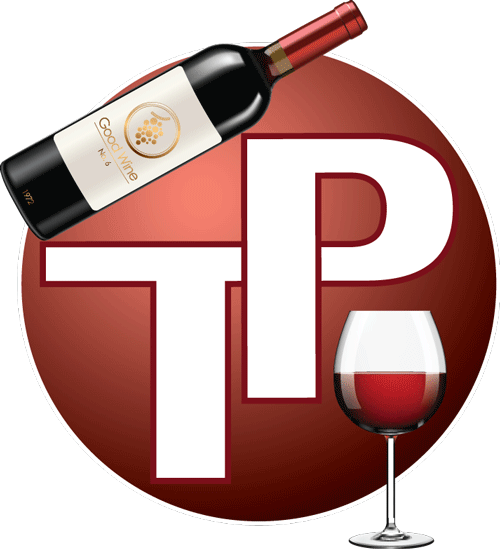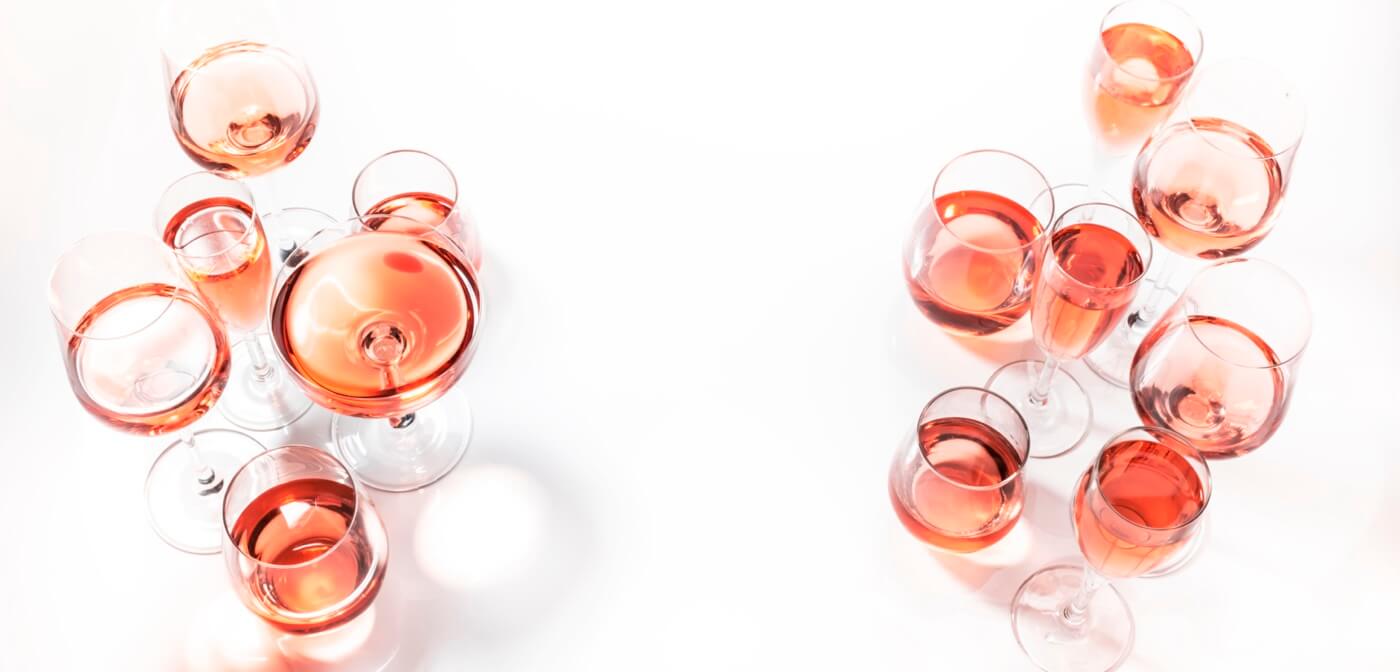We are often under the impression that rosé wines are little summer wines that are kind of exotic and remind us of the sweetness of Provence. Even if rosés are not great wines, like certain Bordeaux or Burgundies, it is important to know how to select the proper ones.
Terry Pomerantz gives us some advice on how to select good rosés, for when they will reappear on SAQ shelves, just in time for the first warm spring days. But firstly, let’s see what a rosé wine really is.
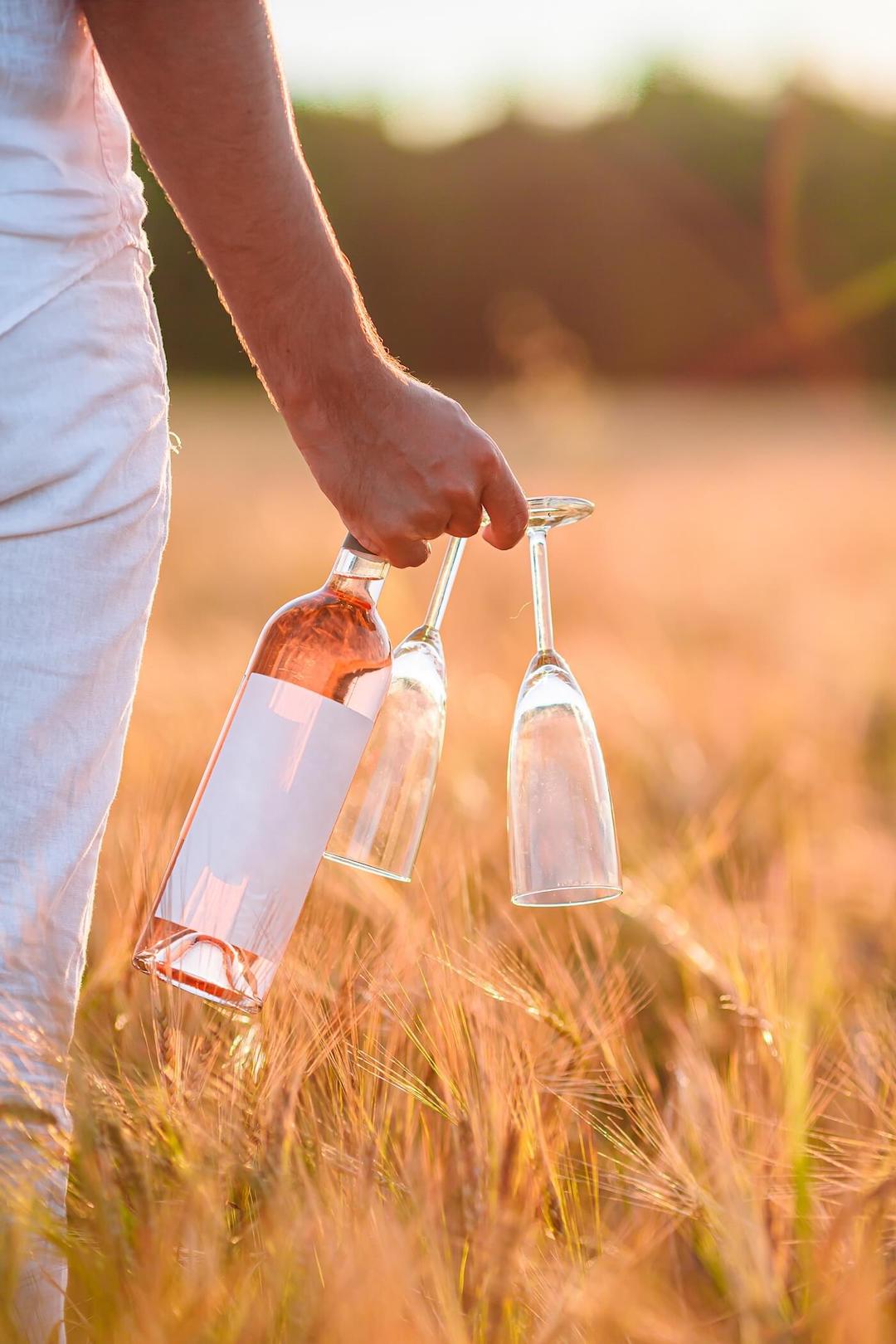
What is a rosé wine?
2 techniques are used to make a rosé wine.
- The first is by direct pressing, and is the most commonly used amongst Provence’s winemakers. It consists of delicately squeezing the red grapes in a press and, after a few minutes, the winemaker obtains a light pink juice.
- Saignée (Bleeding). The same wine-making process as the one used for red wines, the winemaker macerates grapes in vats, but only for 12 to 48 hours. He then filters the lightly colored juice to separate the darker pigments from the red grapes. That juice is then transferred to another tank, and fermented until the proper proportion of alcohol is obtained.
The different colors of rosé wines
There is a wide range of colors of rosé wines, that vary from dark pink to very light pink. The pink color comes from the pigments contained in the grape’s skin. Maceration of the red grapes over shorter or longer periods gives the rosé wines their darker or lighter color.
Rosé wines grape variety
To make rosé wines, winemakers use the same grape varieties as they do to make their red wines.
Whether it is in Europe, in America or in New-Zealand, Grenache, Pinot Noir, Sangiovese, Syrah, Cabernet Sauvignon and Merlot are the varieties that are the most frequently used.
Quebec rosés are made from Frontenac, Sainte-Croix, Maréchal Foch and Seyval wine grape varieties.
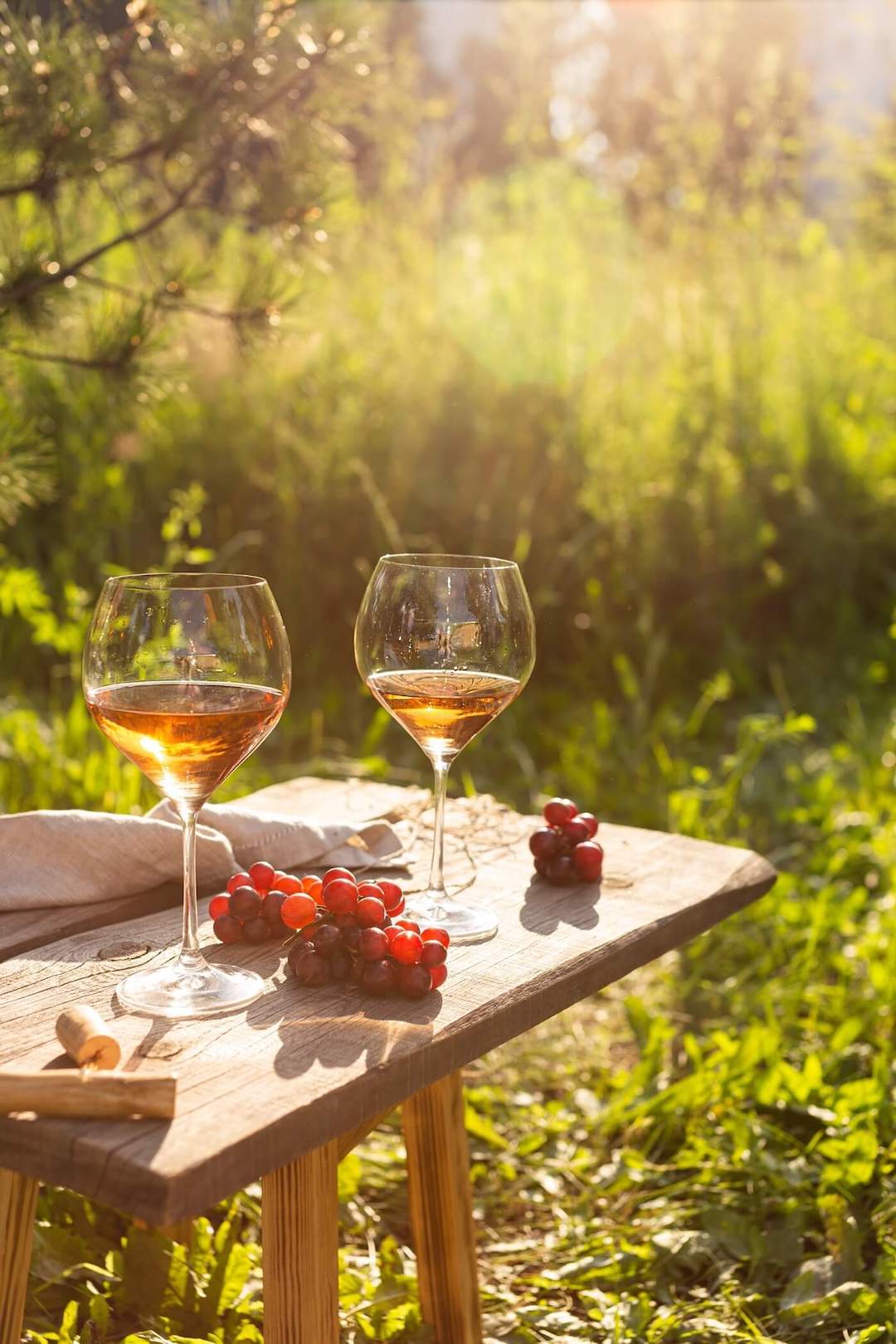
Dry or sweet?
We often think that the lighter a rosé is in color, the dryer it is; but that is not always true. For experts to consider it “dry”, a rosé must contain less than 4 g of sugar per liter.
To find out how many grams of sugar a rosé wine purchased at the SAQ contains, refer to the SAQ website.
Each wine description contains everything you need to know about that wine, including its sugar content. You can also download the SAQ application on your smartphone. This app will allow you to scan the wine’s barcode and have direct access to its description.
Price of a rosé
Whether you are purchasing directly from wineries or the SAQ, you can find excellent rosé wines everywhere in Quebec for prices that vary between $15 and $20.
Terry’s advice
Terry Pomerantz’s advice is of astounding simplicity.
“If you like a wine grape variety for red, then you will also like a rosé wine made from that same variety. The same can be said of region; if you like Tuscany reds, then you will like Toscany rosés. Amongst great Californian rosés, the Duckhorn, Prisonner, Paradox and Faust wineries produce very good ones. And do not forget to try plenty of rosés from Provence!”
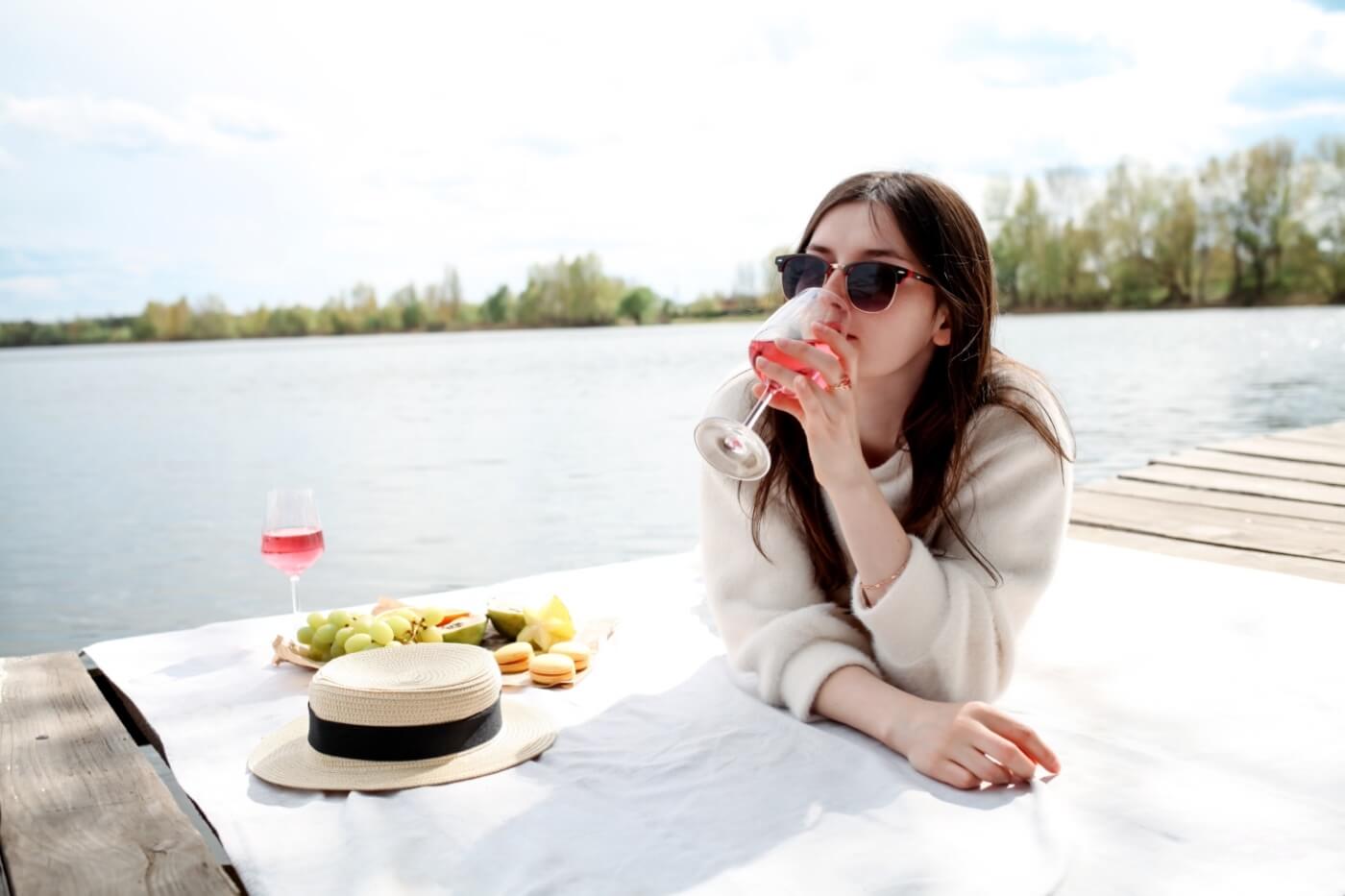
/
An avid wine lover, Terry Pomerantz shares his love of fine bottles, guided by a responsible approach to the art of living. Discover his advice on food and wine pairing, his favorite bottles, and the ideal choices for each season and occasion. Immerse yourself in his passion and learn to fully appreciate each bottle in good company.
